LAW C-125 in the XXI century
The first anti-aircraft missile systems (SAM) - the Soviet S-25, S-75 and the American MIM-3 "Nike-Ajax", MIM-14 "Nike-Hercules" - created in the 50s - were intended mainly to combat strategic bombers at medium and high altitudes. The first generation anti-aircraft systems successfully solved the main task posed during their creation - to ensure the defeat of high-altitude high-speed targets, difficult to intercept fighter aviation and inaccessible for anti-aircraft artillery. In this case, the minimum height of the zones of destruction of the first air defense systems was 1-3 km. Such parameters of the lower boundary of the affected area allowed air attack means to break through to guarded objects, first of all, this concerned tactical and carrier-based attack aircraft, capable of flying at extremely low altitude.
The 60's armed conflicts demonstrated that Israeli and American aircraft, while avoiding C-75 missiles, launched low-altitude flights. Anticipating this state of affairs, taking into account the explosive pace of development of combat aircraft at that time, the developers of anti-aircraft systems began creating low-altitude systems in the middle of the 50's.
American low-altitude MIM-23 “Hawk” was adopted in 1960 year, four years earlier than the Soviet C-125 (more details here: Low-altitude C-125). Compared with the purely stationary C-25 and very limited in mobility C-75, the combat means of which were often deployed in capital concreted positions, while creating the low-altitude C-125 air defense missile system, more attention was paid to increasing fire performance and mobility. All equipment was housed in towed car trailers and semi-trailers. The C-125 air defense system consisted of: a missile guidance station (SNR-125), transported launchers (launchers), transport-loading vehicles with anti-aircraft missiles (TZM), interface cabin and diesel generator sets.
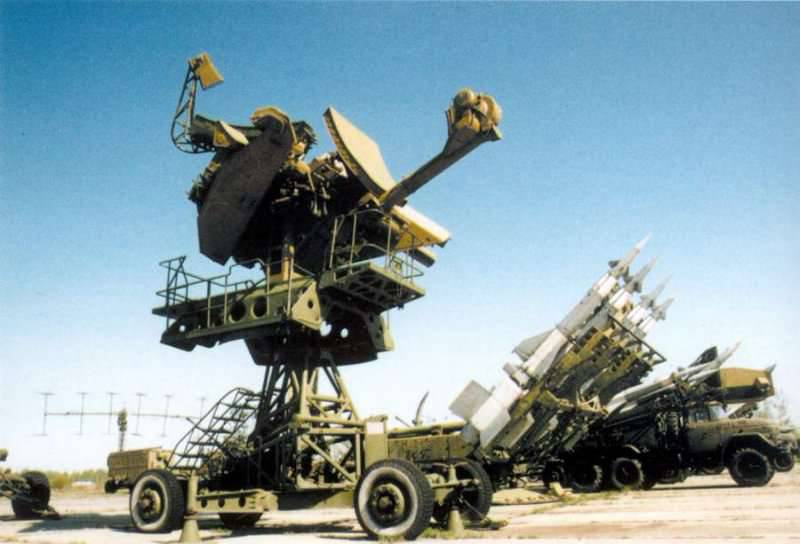
In forming the technical appearance of the new Soviet low-altitude complex, the accumulated experience of creating and operating previously created anti-aircraft systems was used. Given the need for detection, tracking and firing of targets flying at low altitudes, reflections of the radar signal from local objects created a big problem. Thanks to the introduction of a number of new technical solutions that had not been used before in the Soviet air defense systems, the designers managed to reduce the lower boundary of the affected area in the first version of the complex to 200 meters, later on the upgraded C-125X1 (C-125X1A) complex with the Neva-M1 with anti-aircraft guns guided missiles (missiles) 5B27D this figure was 25 meters.
The C-125 was the first anti-aircraft defense system of the country with solid-fuel anti-aircraft missiles. The use of solid fuel in engines Zour has a number of significant advantages over anti-aircraft missiles, fueled with liquid fuel and oxidant. It is known that the first Soviet air defense systems С-25 and С-75 with liquid-fuel rockets were very expensive to operate. Refueling of toxic fuel with a toxic and caustic oxidizing agent was a very dangerous matter. In contact with the components of the fuel and oxidant, they instantly ignite. The slightest negligence in the actions of calculations or technical malfunction could lead to fire and explosion. Unfortunately, during the operation of the first-generation Soviet complexes with liquid-propelled missiles, tragic cases of the death of military personnel as a result of explosions, fires and poisoning repeatedly occurred. Transportation of fueled liquid-propellant anti-aircraft missiles was possible only for relatively short distances, on good solid roads and with limited speed. Solid-propellant missiles are devoid of these shortcomings, the C-125 SAM system has become significantly cheaper, simpler and safer to operate, there is no need for a bulky refueling complex, the mobility and the number of missiles ready for use on the launcher have increased.
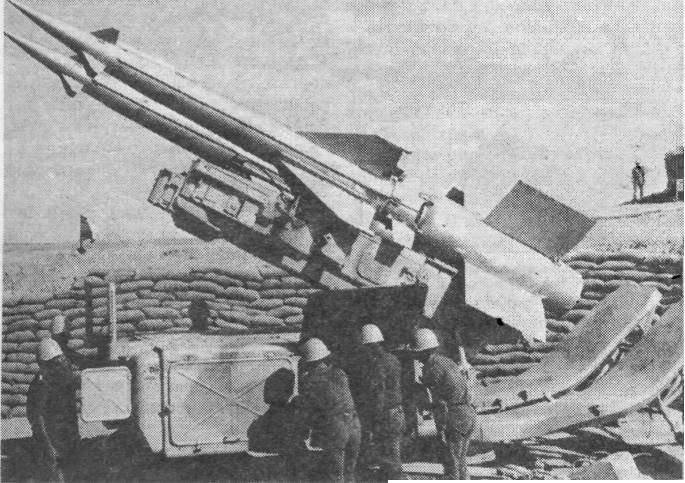
In the first versions of the C-125, launchers for two missiles were used. For the upgraded C-125M, a four-beam portable 5P73 (SM-106) was adopted, which increased the number of ready-to-use missiles in the anti-aircraft missile division (SRN) twice.
In order to increase combat effectiveness and improve service and operational properties, the complex has been repeatedly upgraded. At the same time, noise immunity was improved and the launch range increased. In the C-125М1 СРК (С-125М1А) “Neva-М1” the possibility of tracking and firing air targets was introduced in the conditions of visual visibility by the television optical sighting equipment “Carat-2”, which greatly facilitated the combat work on the jamming aircraft and increased complex survival rate.
The C-125 SAM system in the course of numerous local conflicts demonstrated high combat effectiveness and reliability, becoming, along with the C-75, one of the most frequently used anti-aircraft systems in combat. A number of third world countries, in view of low cost and relatively low operating costs, preferred the Soviet C-125 air defense systems, abandoning other, more long-range complexes. ZRK C-125 of various modifications were in service in: Algeria, Angola, Afghanistan, Bulgaria, Hungary, Vietnam, GDR, Egypt, Zambia, India, Iraq, Yemen, Cambodia, DPRK, Cuba, Laos, Libya, Mali, Mozambique, Peru Poland, Romania, Syria, Tanzania, Finland, Czechoslovakia, Ethiopia, Yugoslavia. Around 400, the C-125 air defense system of various modifications in the Pechora export version was delivered to foreign customers and used in a number of armed conflicts and local wars. In the "tropical" version, the complex had a special paint coating to repel insects.
According to the American data, at the time of the collapse of the Soviet Union, the USSR Air Defense Forces had a deployed and “in storage” about 250 СРК-125, about a third of them were relatively “fresh” C-125М1 “Neva-М1” with TV optical channel and remote radar simulators "backup". Despite the fact that these complexes still had a very significant resource and modernization potential, in the middle of the 90-s their mass write-off began. Our then military-political leadership, by ordering the "disposal" and sending "for storage" of hundreds of air defense missile systems, left the most important defense facilities, industrial and administrative centers.
In the USSR, air defense systems armed with C-125 complexes, as a rule, were part of air defense brigades of mixed composition together with C-75 and C-200 air defense systems, ensuring the defeat of low-altitude penetrating targets. This was particularly relevant in coastal - border areas, where C-125, in addition to airborne ones, could ensure the destruction of ground and surface targets, including anti-aircraft missiles with a "special" warhead.
After the collapse of the USSR, a certain amount of C-125 air defense systems remained in the territories of the former Soviet republics. Most of all, in this respect, Ukraine was lucky (more details here: State of air defense of Ukraine).
In 1991, the 8 Air Defense Forces ZRV units, included 18 anti-aircraft missile regiments and anti-aircraft missile brigades, which included 132 srn. Separate Ukraine got around 40 enough "fresh" SAM C-125 with a large stock of missiles, spare parts and components. Taking advantage of this, the Ukrainian authorities began to actively trade in the Soviet legacy at dumping prices. Georgia repaired C-125 in Ukraine, but in the 2008 conflict of the year, these complexes were not used because of the inability of the Georgians to control them. Repeatedly reported on the supply of C-125 and their individual elements in the African countries, including in those where there were active hostilities. So Uganda bought four C-125 and 300 missiles in Ukraine in 2008 in Ukraine. Subsequently, these anti-aircraft systems were in the warring South Sudan. Another known customer of the Ukrainian C-125 air defense system was Angola, which received a consignment of Ukrainian complexes under the contract concluded in 2010 year.
In Ukraine itself, the C-125 air defense system was on combat duty until 2005. In April, 2015, reports of the intention of the Ukrainian MO to adopt the upgraded C-125-2 “Pechora-2D” anti-aircraft missile system, created on the basis of the C-125М1 late modification.
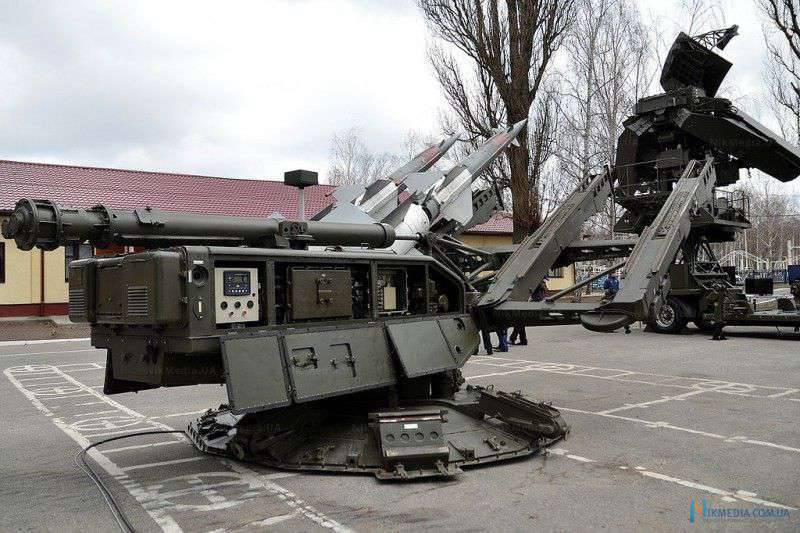
During the modernization of the air defense system to the level of C-125-2D “Pechora-2D”, all the fixed assets of the complex were completed. This modernization option was developed in Kiev at the enterprise NPP "Aerotekhnika-MLT", was tested in 2010 year and was originally intended for export. According to the developers, the ZRK resource was increased by 15 years, the problems of increasing the reliability, mobility, complex survivability and resistance to radio-electronic interference were solved.
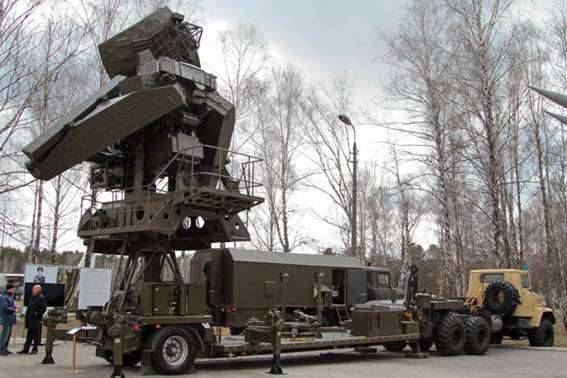
When the C-125-2D “Pechora-2D” air defense system was shown to the leadership of Ukraine, it was said that this complex was designed for solving air defense tasks in the ATO zone. To do this, all the components of the C-125-2-DMS (including the antenna post and launchers) will be placed on a mobile base, but there is no real evidence of this information yet. It seems that, despite the loud propaganda statements on television, the upgraded C-125, if deployed for combat duty, will be used for target air defense - outside the combat zone. Adoption of modernized models in Ukraine, originally intended for export, is a strictly necessary measure. This is due to the desire to somehow cover the gaps in air defense, formed due to the limiting wear of Ukrainian C-300PT / PS.
At the international exhibition of weapons and military equipment MILEX-9 held in Minsk from 12 to 2014 in July of July, the Belarusian version of the C-2014-CNMX-125ТM Pechora-125TM modernization was demonstrated.
If you believe advertising information, thanks to the use of missile guidance methods and the principles of processing radar signals, a modern optical-electronic system and a number of other improvements have increased the probability of hitting the target with one rocket, implemented dual-channelity on the target, increased noise immunity, expanded the boundaries of the affected area. According to information published in the media, contracts for the modernization of the C-125-2TM option “Pechora-2TM” were concluded with Azerbaijan and Kazakhstan.
Apparently, the modernization programs of the C-125 air defense system in Ukraine and Belarus became more active after the commercial success of the Pechora-2000M developed by Defense Systems OJSC in 125 in the year of the highly modernized C-2-2M Russian air defense system.
All components of the C-125-2М “Pechora-2М” air defense missile system are located on a mobile chassis. Due to the replacement of the majority of the element base with a solid-state one, the reliability of the complex increased, and operating costs decreased. The use of new equipment and other principles of radar information processing allowed to multiply the noise immunity of the upgraded air defense system. Pechora-2M has the ability to interface with surveillance radars and higher-level gearboxes via telecode channels. EFFECT: effective shooting at cruise missiles and simultaneous use of two stations of guidance at various targets. Now it is possible to use the teleoptic channel not only during the day, but also at night. For the upgraded anti-aircraft complexes delivered to foreign customers, a radio protection complex (CRTD) against anti-radar missiles (PLR) has been introduced.
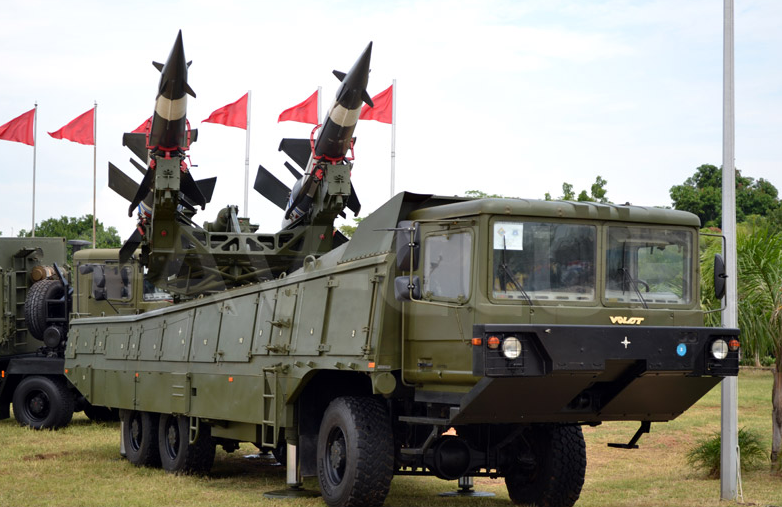
The specialists of the ICB Fakel, which is part of the Concern ADO Almaz-Antey from 2002, carried out a set of works on modernizing the anti-aircraft missile system, the new version of the missile was designated as 5B27DE. Due to the use of a more efficient fuel formulation in the starting and accelerating engines, the boundary of the affected area has increased in range and height. The use of a solid-state miniature element base has significantly reduced the weight of on-board equipment items and freed up internal volumes. The mass of the warhead increased 1,5 times, which increased the probability of hitting the target.
With a very low price, the capabilities of the upgraded C-125-2М “Pechora-2M” air defense system increased several times, which made the complex attractive for poor customers from the Third World countries and the CIS republics. It was reported on concluded contracts for the supply or modernization of existing customers C-125 with Armenia, Egypt, Syria, Libya, Myanmar, Vietnam, Venezuela, Uzbekistan, Kyrgyzstan, Tajikistan, Turkmenistan and Ethiopia.
One of the first foreign operators of C-125 Pechora was Egypt. In the 60-70s, the 44 C-125 and 1808 B-601P missiles were delivered from the USSR to this country from the USSR. For a long time, the Pechora C-125, along with the Volga C-75М, formed the basis of this country's air defense systems. As in the case of the C-75 air defense system, a large part of the low-altitude C-125 was deployed along the Suez Canal.
In the first half of the 80-x there is a need for repair and modernization of the Egyptian Pechora air defense system. If with the C-75 air defense system Egypt was helped by China, which began to repair equipment and production of missiles at local production facilities, then for organizing work on C-125, French and Israeli contractors had to be involved. As a result, it was possible to carry out only a “small” modernization and to organize a medium restoration repair of the low-altitude C-125 SAM systems available in Egypt. In 90-s, the situation with the Egyptian C-125 became even more acute, it was aggravated by the fact that mainly heavily worn complexes of the first modifications were used in Egypt, the elemental base of which consisted mostly of electrovacuum appliances, whose production was discontinued long ago, and the large part of the existing missiles came into disrepair. The first agreement on the modernization of the Egyptian anti-aircraft complexes was concluded in 1999 year with the Russian-Belarusian consortium Defense Systems. In 2008, Egypt became the first recipient of the radically updated C-125-2М Pechora-2М.
In 2001, Poland demonstrated a modernized version of the C-125 under the designation - "Newa SC". In order to extend the life and increase the time between failures, part of the equipment with the old analogue element base was replaced by digital. Four-beam launchers for increased mobility mounted on the chassis tanks T-55, and the guidance station - SNR-125 - on the 4-axle MAZ-543 chassis (formerly used as a chassis for OTR R-17 launchers). According to independent expert assessments, the Polish version of modernizing the S-125 air defense system is significantly inferior in its capabilities to the complexes modernized in Russia and Belarus.
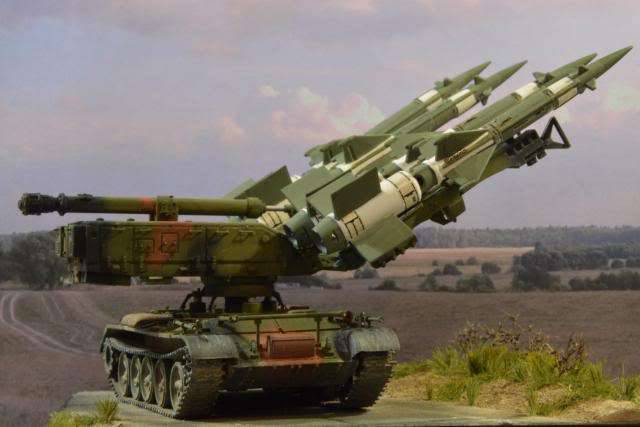
There were no export orders for Newa SC; for its own air defense forces, the 17 Polish C-125 was upgraded. Most of the Newa SC air defense systems in Poland do not carry permanent combat duty and appear in prepared positions several times a year during exercises. An exception is the air defense system, deployed on the Baltic Sea coast in 15 km west of Gdynia. Apparently, the proud Polish gentry keep him here due to the proximity of the Kaliningrad region as a defense of their naval base from the "Russian threat".
Oddly enough, but the C-125 air defense system was preserved in Moldova. One air defense system is deployed near Chisinau in the area of the airfield Bachoi. Reasonable doubts are caused by the effectiveness of the non-modernized Moldovan complex against modern combat aviation. It is not clear with whom the Moldovan anti-aircraft gunners gathered to fight with the help of a single air defense missile system. Moreover, there is no permanent radar field over the territory of Moldova.
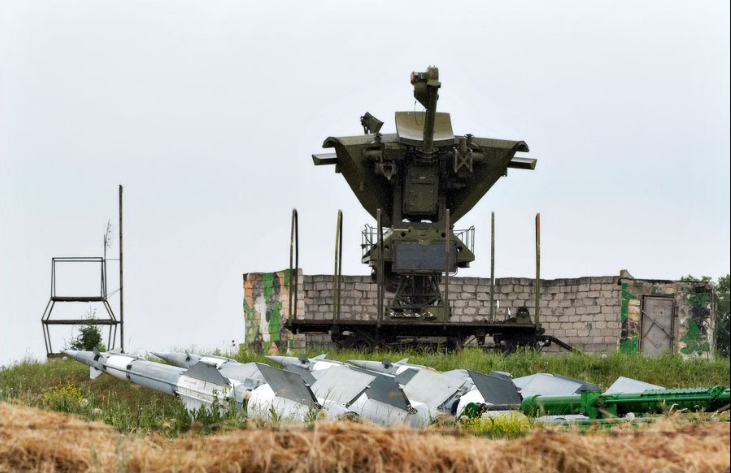
But this does not prevent the Moldovan military from regularly demonstrating, among other military equipment and weapons, anti-aircraft missiles on a transport-loading vehicle during military parades in Chisinau.
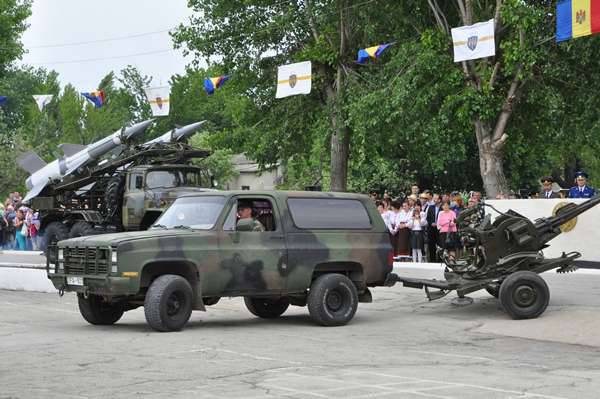
In other republics of the former USSR, where the C-125 air defense system is still on duty, they have either already been upgraded or it is planned for the near future. This applies to the Transcaucasian republics - Armenia and Azerbaijan, and Central Asian - to Kazakhstan, Kyrgyzstan, Tajikistan, and Uzbekistan. Although Armenia, Azerbaijan and Kazakhstan receive relatively modern C-300P air defense systems from Russia, they are not in a hurry to part with well-mastered personnel, inexpensive to operate and still quite effective C-125 anti-aircraft systems. And Kyrgyzstan, Tajikistan and Uzbekistan do not have enough financial resources to acquire modern systems, especially since within the framework of the “Collective Security Treaty Organization” (CSTO), it is always possible to agree on modernization in debt, if not for free.
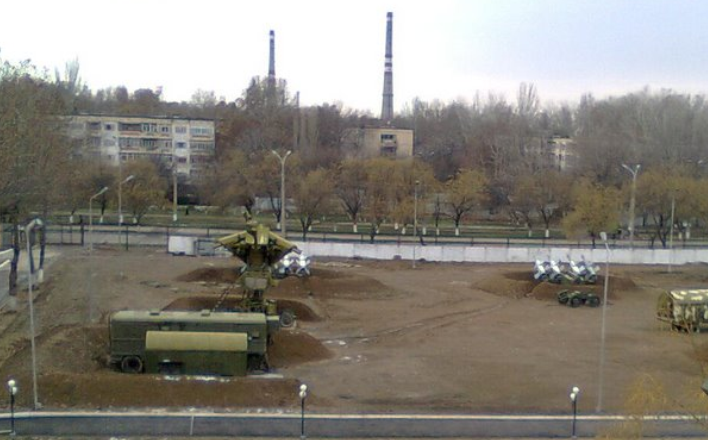
An unprecedented number of S-125М “Pechora-M” air defense systems were delivered to India during Soviet times, there were only 60 anti-aircraft systems C-125 and more 1500 missiles for them in this country. Almost all Indian air defense systems were deployed at air bases in the northwestern states along the border with Pakistan. Apparently, the Indians decided not to modernize their C-125, some of these complexes are still in positions, but without missiles on launchers.
One of the main users of the C-125 ADMS in Asia remains the DPRK. North Korea in the middle of 80 received Pechora-M6 С-125М1А and 1 З-ВNXXПД C-216. But unlike Vietnam, which ordered upgrades for the C-601-125М “Pechora-2M” variant, the modernization of North Korean anti-aircraft systems in Russia is impossible for political reasons. It is unlikely that the leadership of our country will want to further exacerbate relations with the United States, Japan and South Korea because of the unpredictable Far Eastern neighbor, regularly conducting nuclear and missile tests.
Currently, in the Americas, the C-125M Pechora air defense system is being operated in Peru. In 1979, 11 low-altitude complexes were sent to this country. They carried combat duty in the vicinity of air bases and covered the borders with Chile and Ecuador.
In 1987, the Peruvian air defense missile systems C-125M and ZUR B-601PD were serviced and upgraded at the 3 stage. These activities were carried out by mobile teams of Soviet specialists and allowed to significantly extend the life of the complexes. But at the present time in the Peruvian armed forces no more than three operational air defense systems of this type are left.
Google Earth Satellite Image: Peruvian C-125, deployed near the Chilean border
The Peruvian military has repeatedly raised the issue of reconditioning and a major upgrade of existing C-125. Russian-Peruvian negotiations on this topic were going on in 2010-2012. But due to the shortage of funds and the small number of operational complexes in Peru, the parties failed to agree.
In 70-80-s 28, the C-125М / С-125М1А Pechora and 1257 B-601PD missiles received Cuba. These anti-aircraft complexes covered ports, airfields, large garrisons and Soviet facilities on the “Island of Freedom”. Currently, the Cuban air defense forces have the 3 low-altitude complex, but they do not carry permanent combat duty and missiles on launchers are absent.
In Soviet times, anti-aircraft complexes were delivered in very large volumes to African countries and to the Middle East. In the middle of 80-X, the 4 CMS X-NUMXM Pechora-M, 125 CMS X-8М125А Pechora-M1A and 1 B-432PD missiles were sent to Algeria. Until 601, the 2016 anti-aircraft systems survived. At the moment they are covering the capital and large air force bases. But apparently, the Algerian armed forces are experiencing a shortage of anti-aircraft missiles, satellite images show that the number of missiles at the PU is minimal.
Neighboring Libya was the owner of the 44 ZRK C-125М / С-125М1А "Pechora", they were accompanied by 1542 B-601PD missiles. Until the end of the 80-ies of the last century, the Libyan air defense missile systems and missiles held regular maintenance. To restore and modernize C-125М / С-125М1А, missile arsenals, repair and diagnostic workshops were built in Tripoli.
But in the 1990-2000 years, the Libyan leadership stopped paying due attention to maintaining and improving the centralized air defense system built on Soviet patterns, and it fell into disrepair. By the time the NATO countries began their aggression against Libya, no more than 10 low-altitude complexes remained in the ranks.
The calculations of the Libyan anti-aircraft systems that did not have the proper skills and motivation did not offer any resistance to the aviation of the Western coalition and all the air defense systems were destroyed in the first days since the beginning of the air strikes or were captured by the rebels.
Subsequently, a lot of videos and photos appeared on the network, in which the Islamists, who captured the C-125 air defense system, are unable to use them for their intended purpose, and redesign the missile defense system for firing at ground targets.
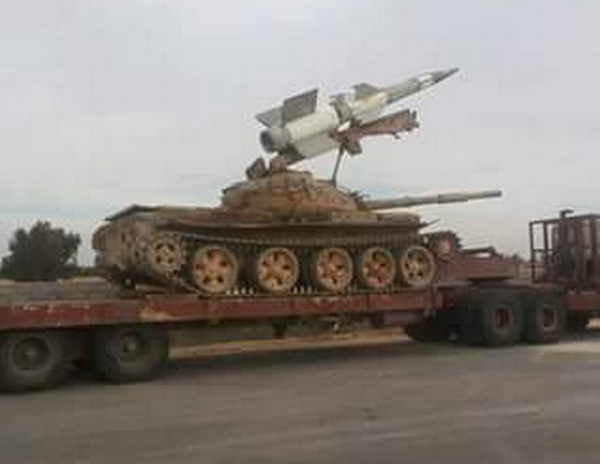
The relatively small weight and size characteristics of solid-propelled missiles B-601PD allow their use from mobile launchers in the variant "ground-to-ground". To do this, the front stabilizers are removed from the missiles, and the self-destruction device and radio fuses are turned off. At the head of the missile mounted contact fuse percussion, which produces a subversion of the standard fragmentation warhead. During the battles between the Libyan radical groups, anti-aircraft missiles on ground targets were launched from both towed launchers and various armored vehicles. With such an application of missiles, the launch range is several kilometers and shooting is only possible at area targets.
Before the Gulf War in 1991, the Iraqi air defense system was integrated into a single network of command, control and communications. Before the introduction of the international embargo on Iraq weapons in 1990, from the Soviet Union, this country received the 40 СS-125М Pechora-M / С-125М1А Pechora-M1A and 2320 B-601PD missiles. As of 2003, the Iraqi air defense year was greatly weakened. Having been subjected to massive strikes by American-British aviation, the main part of the Iraqi air defense systems turned out to be disabled or destroyed, and could not influence the course of the hostilities.
Until the end of the 80-s, Syria, in the framework of military-technical cooperation with the USSR, received the 47 air defense missile system С-125М / С-125М1А "Pechora" and 1820 B-601PD missiles. As in Libya, repair and restoration enterprises, control and inspection points and training classes were built in the SAR. The Syrian leadership, despite its modest financial capabilities, has allocated resources to improve and maintain at the proper level the combat readiness of the air defense forces. Modernization of some of the freshest complexes in Russia to the C-125-2М level in Pechora-2М allowed extending the resource and increasing the combat potential.
The civil war provoked by Western countries in the SAR had the most disastrous effect on the state of the Syrian air defense system. Although the C-125 complexes suffered less from the C-75 SAMs, the C-125 was destroyed in positions during artillery and mortar attacks by Islamic militants.
In Yemen, before the beginning of the civil war, there were four S-125М1А "Pechora" air defense systems in the ranks. In total, 80 low-altitude air defense systems and X-NUMX B-6PD missiles were delivered to this country in 250's. By the beginning of 601, all Yemeni C-2016 had been destroyed during Saudi and American air raids.
In tropical Africa, C-125 is still exploited in Angola, Zambia, Tanzania and Mozambique. The last known case of the combat use of the C-125 on the African continent took place during the Ethiopian-Eritrean conflict in the 2000 year.
For the first time, Western experts were able to familiarize themselves in detail with the Egyptian C-125 air defense system in the first half of the 70-x. But much more interesting were the modernized complexes that were in service with the air defense units of the Warsaw Pact countries.
After the end of the Cold War, a significant part of the C-125 was on the ranges of the United States and European NATO countries. Our "partners" were interested in the characteristics of maneuverability of missile defense systems, the real areas of destruction during operations against cruise missiles and the noise immunity of the complexes. Operational guidance stations - SNR-125 are still used at American training grounds when conducting exercises of tactical aviation of the Air Force, deck aircraft of the Navy and USMC. This means that the air defense system of the C-125 family is today regarded as representing a real threat to American military aircraft. The high combat and modernization potential laid down by Soviet designers, in the case of modernization using modern element base, can significantly increase the capabilities of the complex and extend the service life by 10-15 years.
Based on:
http://bmpd.livejournal.com/257111.html
http://old.vko.ru
http://geimint.blogspot.ru/
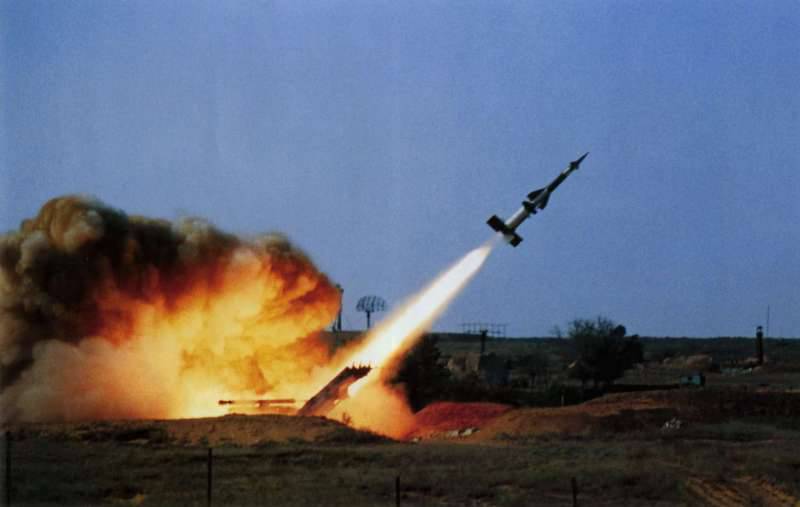
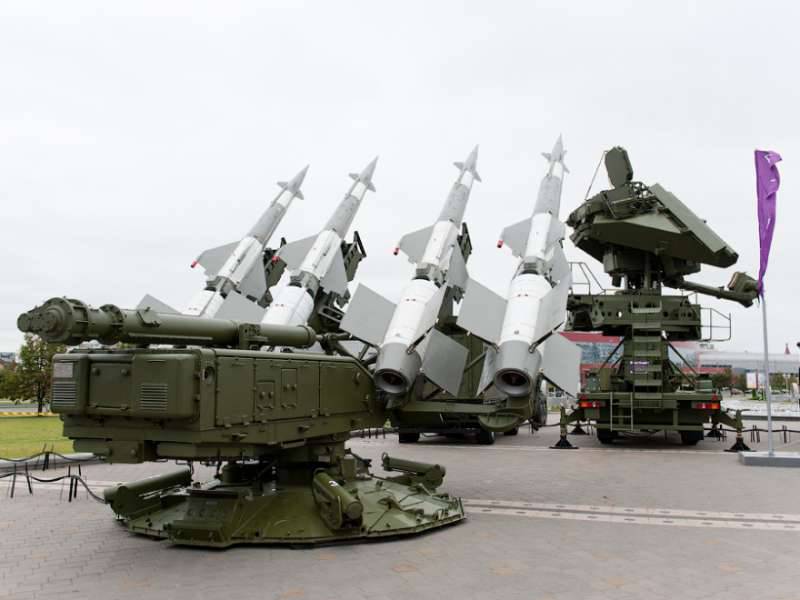
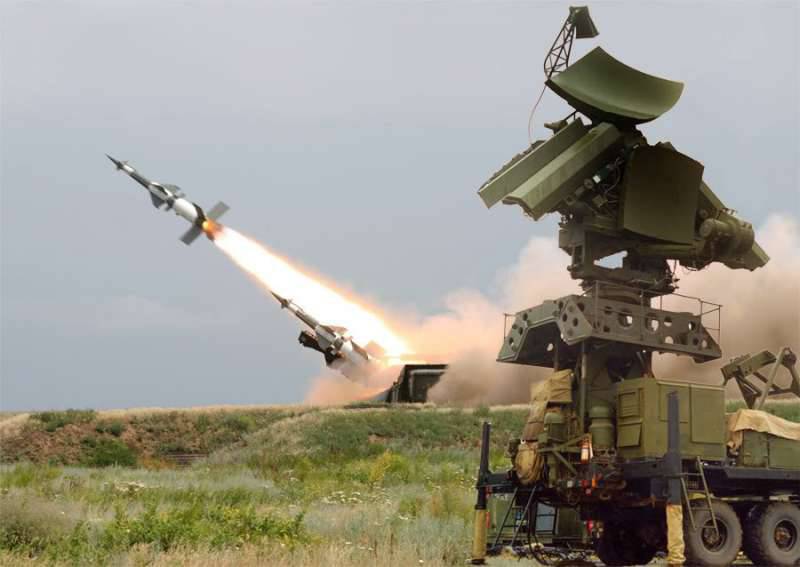
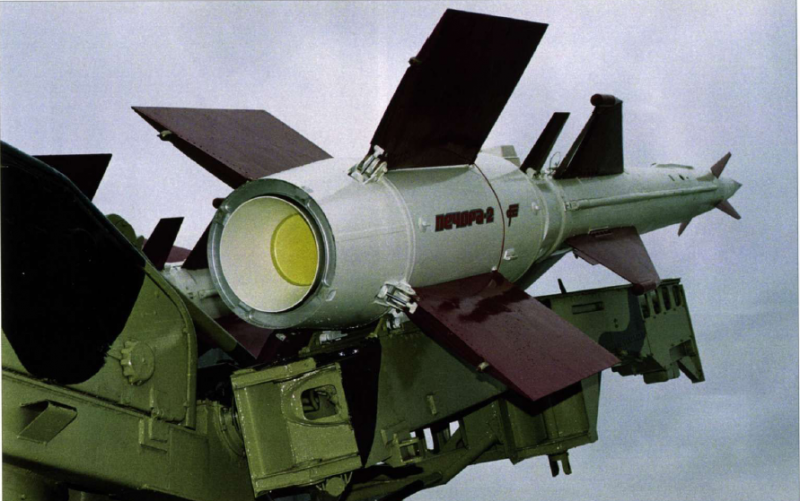
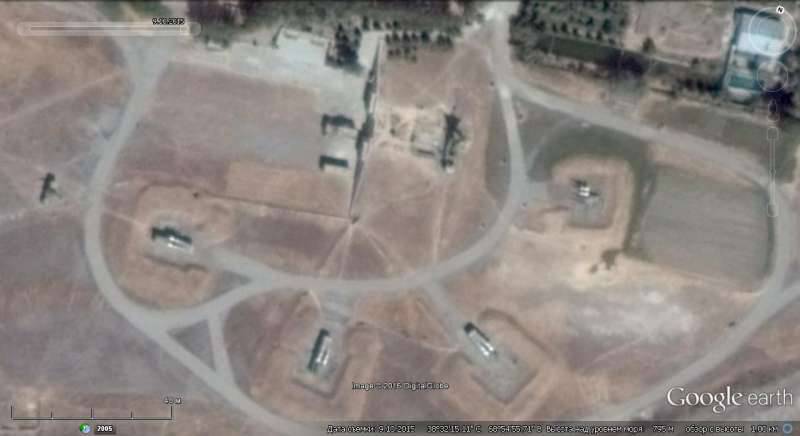
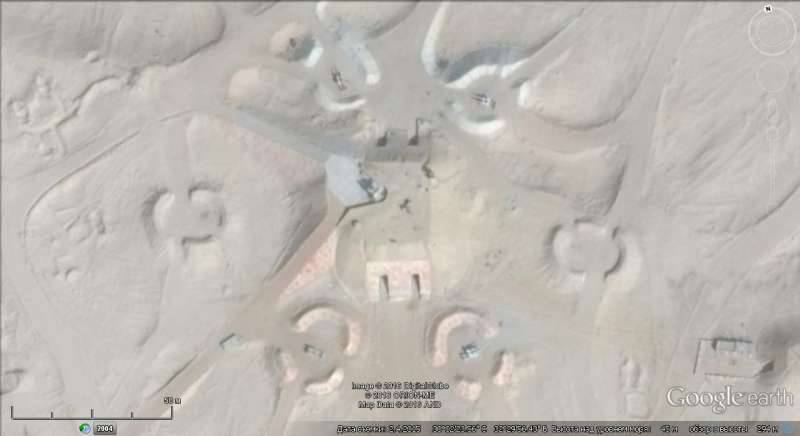
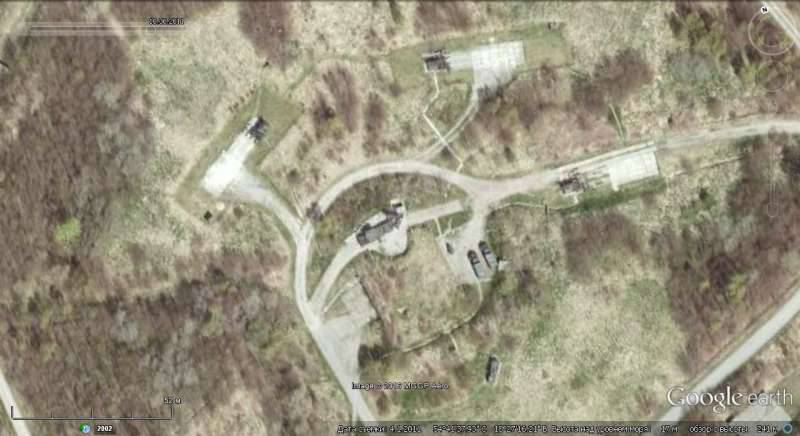
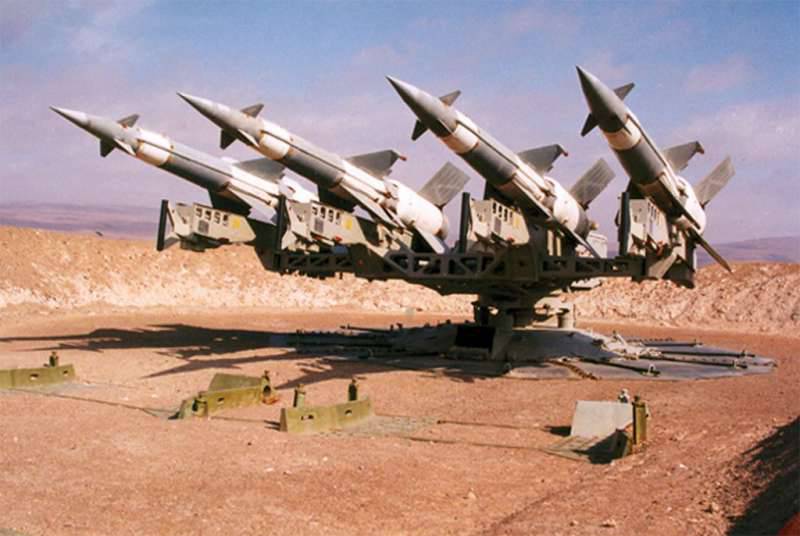
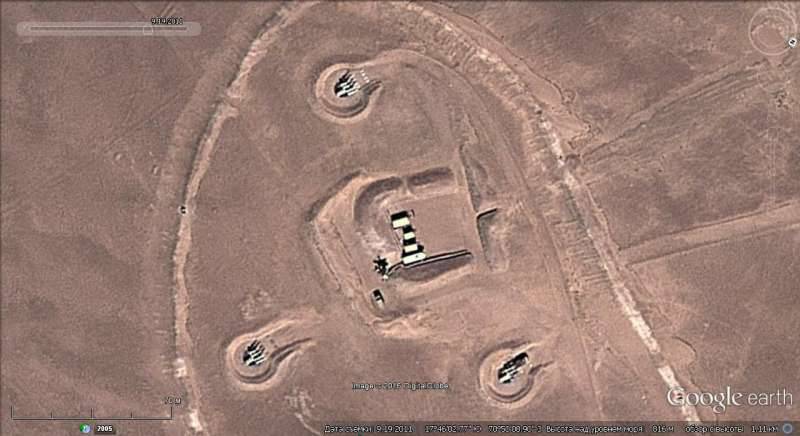
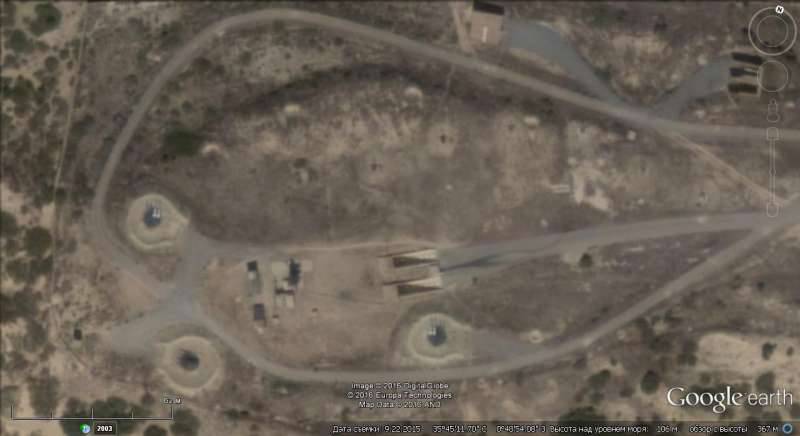
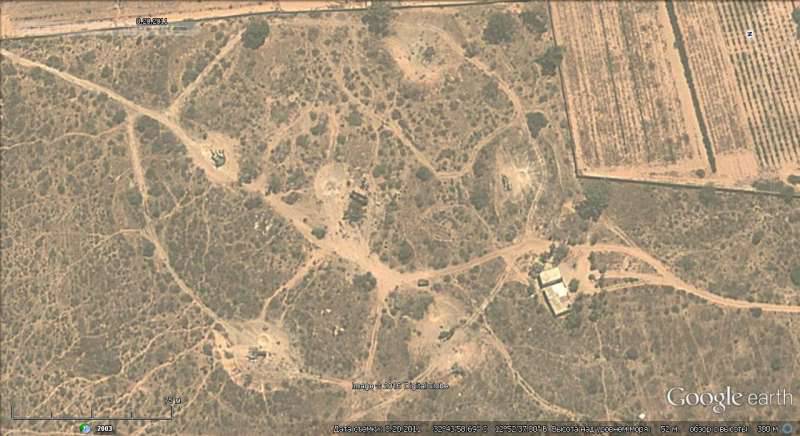
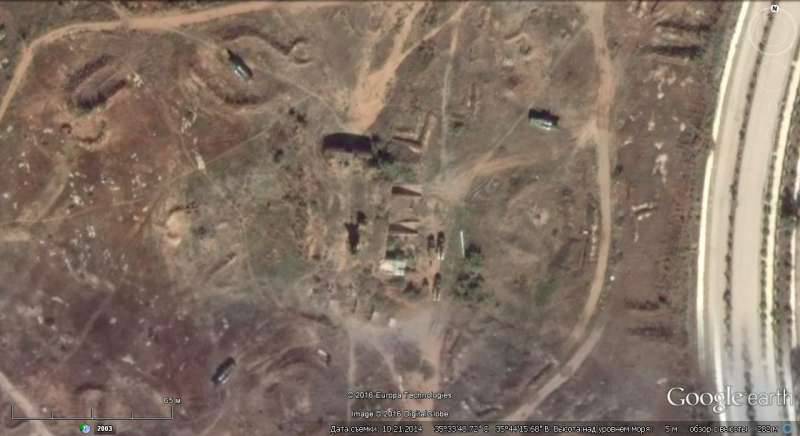
Information